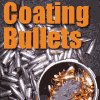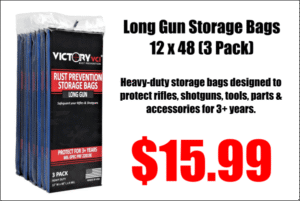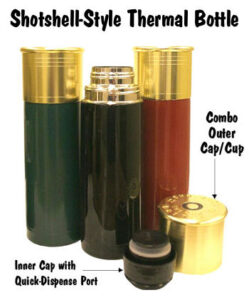July 21st 2023Coating bullets using a friction-reducing material such as Molybdenum Disulfide offers potential benefits. These include reduced barrel heat and the ability to fire longer strings of shots between bore cleanings. Reduced friction can reduce internal barrel pressures. This means that coated bullets may run slower than naked ones (with charges equal).We warn shooters to not immediately increase the charge weight when you first start with coated bullets and a “fresh barrel”. You may need to shoot a few coated rounds before you start to notice the pressure reduction. Some shooters will automatically add a few grains to the recommended “naked bullet charge weights” when they use coated bullets. This is a risky endeavor. We recommend using “naked” loads for the first dozen coated cartridges through a brand new barrel. Use a chronograph to monitor velocity. It may take 30 rounds to see a 30-50 fps reduction in velocity, which indicates that the anti-friction coat is fully effective. We have a friend that recently tested moly-coated bullets in a 6-6.5×47. Moly was never used before in the barrel. Our friend added a grain of moly to his “naked bullet load” thinking that it would compensate for the lower pressures predicted. He found that his loads were initially WAY too hot. After firing 30+ moly coated rounds, he noticed his velocity drop. This was a sign the pressure had dropped due to the moly. Lesson: Start low with coated bullets. Do not increase your charge weights over naked bullet loads until you can clearly demonstrate a lower pressure and reduced velocity.
If you use Moly and clean your barrel aggressively after the match, you might want to shoot 12 coated “foulers”, before you start your record fire. Robert Whitley who has used Moly for some of his rifles told us that he likes to shoot 10-15 coated rounds before starting a record string. You won’t see the full benefits of moly in a “squeaky clean” bore. To learn more about dry lubricants, read our Guide to Coating Bullets. This article covers the three most common bullet coatings, Molybdenum Disulfide(Moly), Tungsten Disulfide(WS2 or “Danzac”), and Hexagonal Boron Nitride(HBN). The article discusses pros and cons for the different bullet coatings, and provides step-by-step illustrated instructions on how you can coat your bullets with a tumbler.
Tags: Boron Nitride Bullets, Coated Bullets Danzac, HBN Molybdenum Disulfide Bullets, Molybdenum Disulfide Bullets, Reloading WS2

















